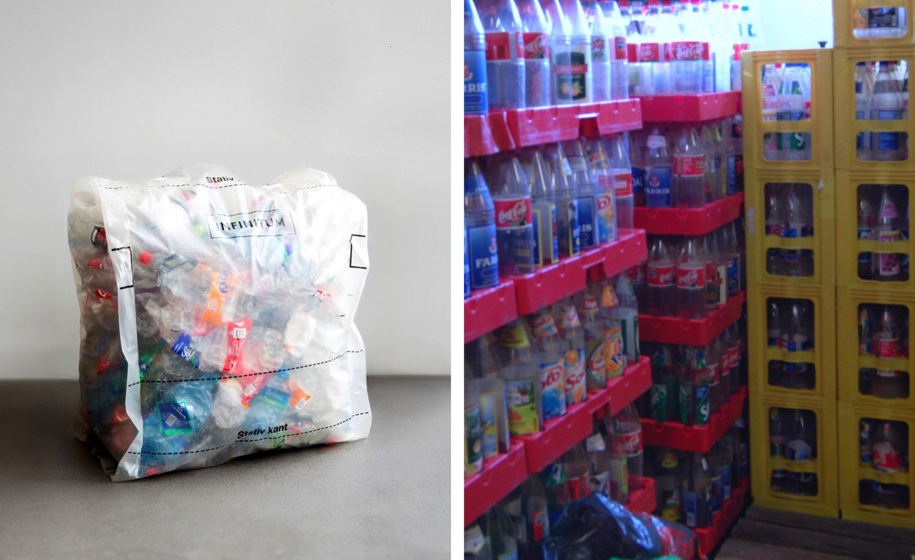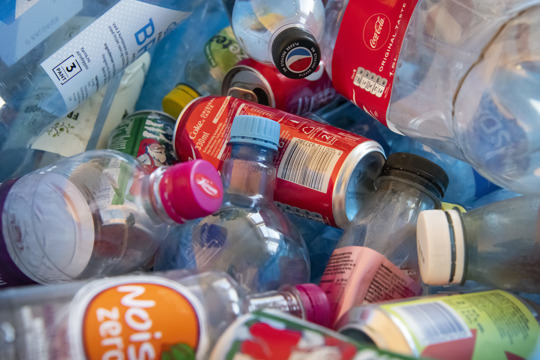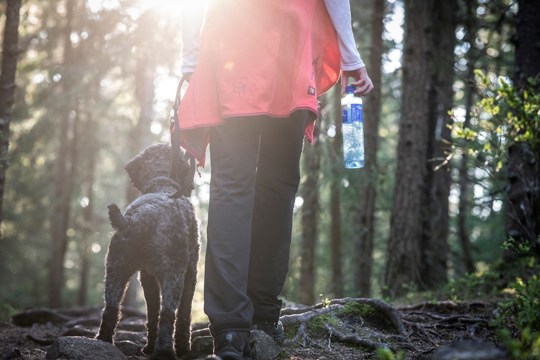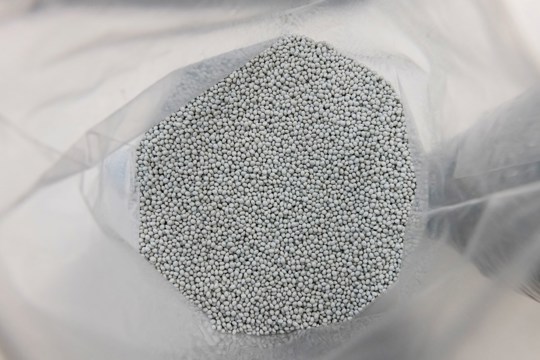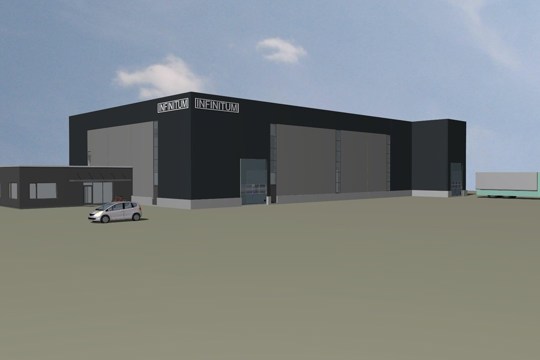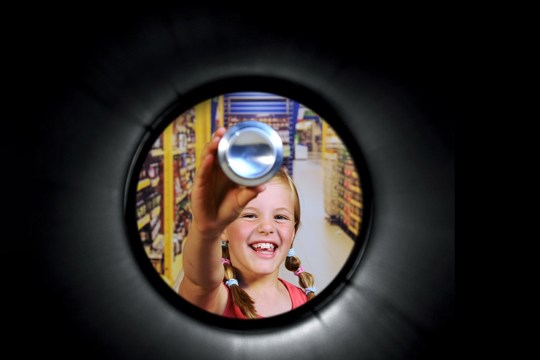NORSUS, the Norwegian institute that is experts in LCA (life cycle analysis), presented its report "Life cycle assessment of the current recycling system and an alternative reuse system for bottles in Norway" on Friday December 8th. The LCA compares Infinitum's current recycling system with an alternative reuse system. Today's solution with plastic bottles and aluminium cans, which after use are recycled into raw material for new bottles and cans, is compared in the analysis with a system of reusable plastic- and glass bottles.
In the analysis, both solutions use the existing DRS (deposit return system). But the big difference is that in the recycling system the packaging is compressed in the RVM (reverse vending machine) before it is transported to recycling and becomes raw material for new bottles and cans; while in the reuse system the bottles remain whole after deposit through the RVM and are sorted before they are finally transported back to the bottling plant for inspection, washing and refilling.
The analysis is ground-breaking in several areas. An important contribution is the calculations made by the Norwegian Computing Centre (NR, Norsk Regnesentral). NR has developed a model that precisely and realistically simulates the reuse system. The model takes into account seasonal variations in the need for bottles, deposit return rate, wear and tear (“scuffing”), circulation time, damage and pollution of the bottles, and the lifetime of the bottles until model replacement. Based on this, we get realistic trip numbers, i.e. the average number of trips each bottle can take in the reuse system. For the recycling system, all factors are known - after all, this is a system that is in operation today. But for the reuse system, which does not exist in Norway today, it is particularly important to lay down the right assumptions. Only then will the comparison be correct.
A decisive difference between the two alternatives is the space- and transport requirements. In the current recycling system, bottles and cans are compressed in the RVM, and after sorting in Infinitum's facilities, they are further compressed before they are transported to recycling and converted to new raw material, which in turn becomes new bottles and cans. In the reuse system, however, empty bottles must be placed in boxes or trays and transported to sorting facilities before being transported to the bottling plants. Transport of empty bottles means mainly transporting air. This, together with the fact that we in Norway have long transport distances, means that the environmental consequence of transport is big in the reuse system.
NORSUS's LCA concludes that the current recycling system has significantly lower greenhouse gas emissions than the reuse system. Measured in CO2 equivalents, the recycling system has close to half of the emissions in the reuse system. NORSUS has calculated this using several LCA methods, and regardless of the method, the recycling system produces significantly lower emissions. It is also interesting to see that plastic as a material comes out best in the analysis.
The LCA also calculates the energy requirements for the two alternatives. Here, too, the recycling system comes out clearly the best; regardless of LCA method.
Read the full report here.

